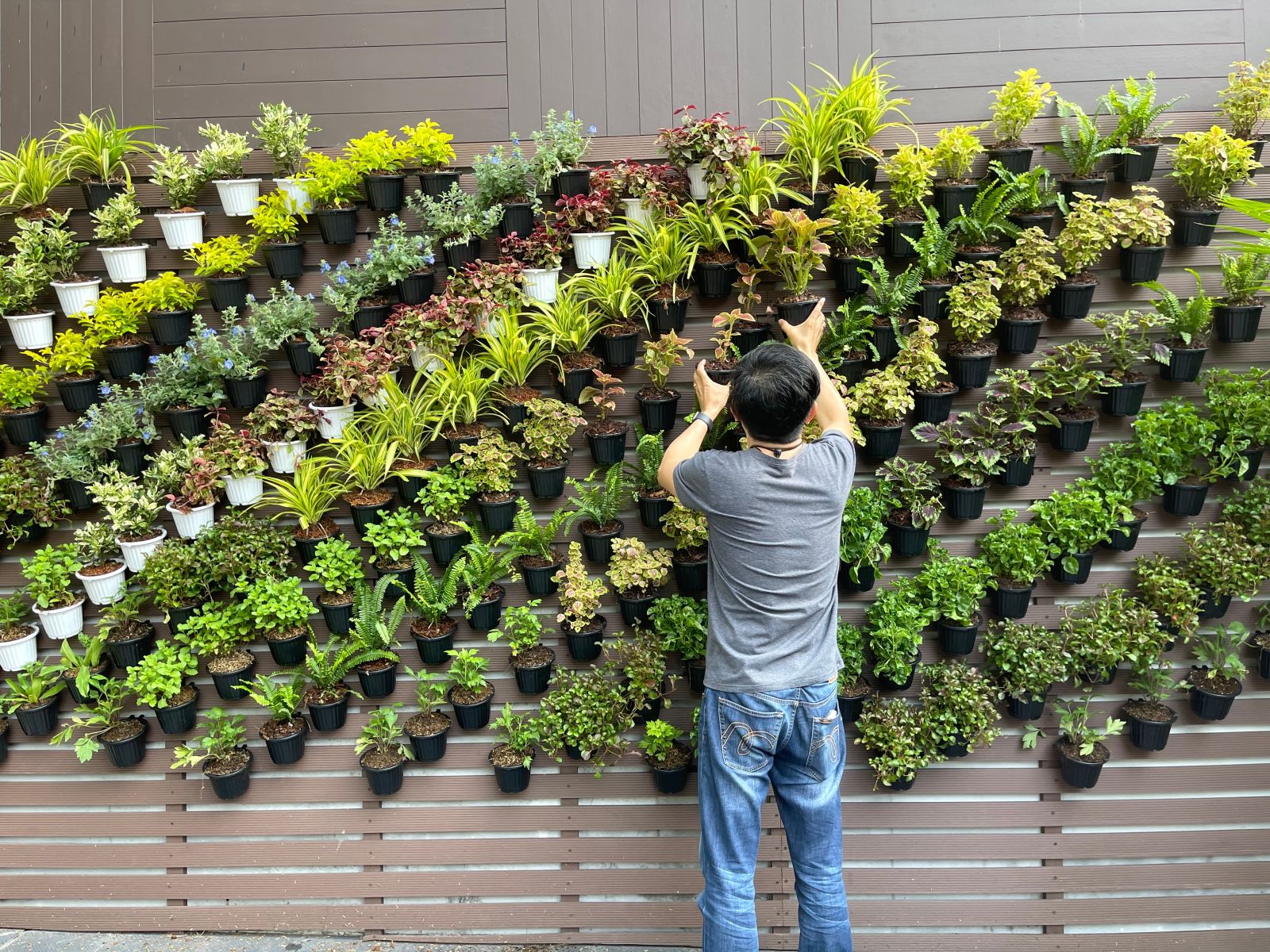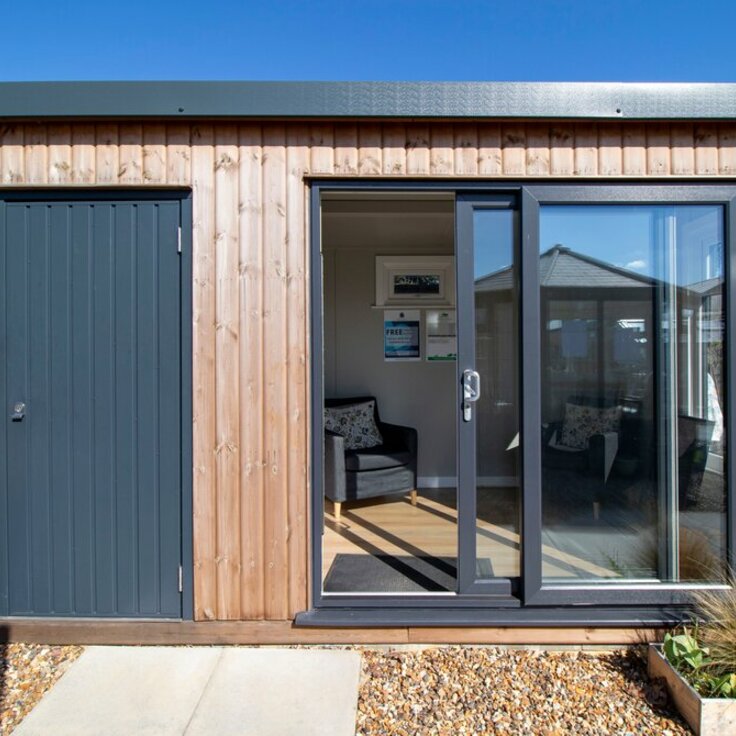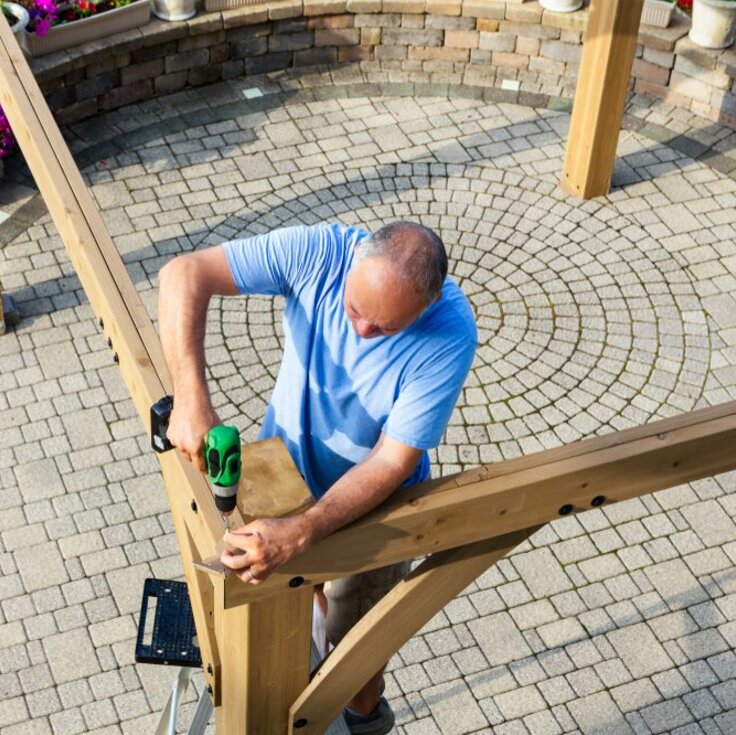Beginner's Guide: Creating Stunning DIY Vertical Gardens
Welcome to our comprehensive guide on creating stunning DIY vertical gardens. In this article, we will provide you with expert tips, step-by-step instructions, and innovative ideas to help you design and build your own breathtaking vertical garden. Whether you are an experienced gardener or a beginner looking to add a touch of greenery to your living space, this guide will equip you with the knowledge and inspiration to create a remarkable vertical garden that will leave others in awe.

Why Vertical Gardens?
Vertical gardens, also known as living walls or green walls, are becoming increasingly popular for several reasons. Not only do they offer an innovative way to maximize limited space, but they also provide numerous benefits such as improved air quality, enhanced aesthetic appeal, and even potential food production. Additionally, vertical gardens can serve as a natural insulation layer, reducing energy consumption and creating a more sustainable environment.
Planning Your Vertical Garden
Choosing the Right Location
Before diving into the creation process, it is crucial to select the ideal location for your vertical garden. Factors such as sunlight exposure, access to water, and structural support should be taken into consideration. Most vertical gardens thrive in areas that receive ample sunlight, preferably a minimum of six hours per day. However, certain plant species can adapt to partial shade as well.
Selecting the Perfect Plants
The choice of plants plays a vital role in the success of your vertical garden. Opt for plants that are suitable for vertical growth and possess traits such as lightweight foliage, shallow roots, and adaptability to varying weather conditions. Some popular choices include trailing vines, ferns, succulents, and herbs. It is also important to consider the color, texture, and growth rate of the plants to create an aesthetically pleasing and well-balanced garden.
Constructing the Vertical Structure
To build a sturdy vertical garden, you need to create a strong and reliable structure. There are various options available, including freestanding structures, trellises, and modular panels. Whichever method you choose, ensure that it provides sufficient support for the weight of the plants and is securely attached to the wall or the ground. Consider using materials like wood, metal, or plastic that are durable and weather-resistant.
Building Your Vertical Garden
Preparing the Vertical Surface
Before installing the structure, prepare the vertical surface to ensure optimal growing conditions for your plants. Clean the wall and repair any damages. Apply a waterproofing membrane to protect the wall and prevent water damage. Additionally, consider adding a layer of geotextile fabric to retain moisture and promote healthy root development.
Creating a Growing Medium
The growing medium serves as the foundation for your plants' growth. It should be lightweight, well-draining, and nutrient-rich. A popular choice for vertical gardens is a combination of organic compost, coco coir, and perlite or vermiculite. This mixture provides adequate drainage while retaining essential nutrients for plant growth.
Installing Irrigation System
Proper watering is crucial for the health and vitality of your vertical garden. Install an efficient irrigation system that ensures consistent moisture levels. Drip irrigation or micro-sprinklers are commonly used methods that deliver water directly to the roots, preventing wastage and reducing the risk of water-related issues.
Maintaining Your Vertical Garden
Regular Watering and Fertilization
Maintaining proper hydration and nutrition is essential for the long-term success of your vertical garden. Monitor the moisture levels regularly and water accordingly, keeping in mind the specific needs of each plant species. Apply a balanced fertilizer at appropriate intervals to provide essential nutrients for healthy growth.
Pruning and Trimming
To maintain an attractive and well-maintained appearance, regular pruning and trimming are necessary. Remove dead or yellowing leaves, control the growth of vines, and ensure proper spacing between plants to allow for adequate air circulation. This will minimize the risk of pests and diseases while promoting healthy growth.
Monitoring Light Exposure
As your vertical garden matures, it is important to monitor the sunlight exposure it receives. Some plants may require adjustments to their placement or additional shading to protect them from excessive heat or direct sunlight. Understanding the light requirements of each plant species will help you make informed decisions for optimal growth.
Congratulations on completing our ultimate guide to creating spectacular DIY vertical gardens. By following our expert advice and implementing the techniques outlined in this article, you are well on your way to designing and building a remarkable vertical garden that will captivate the attention of all who see it. Remember to plan carefully, choose the right plants, construct a sturdy structure, and provide proper care and maintenance to ensure the long-term success of your vertical garden. Get creative, embrace nature, and enjoy the beauty and tranquility that your very own vertical garden will bring to your surroundings. Happy gardening!








